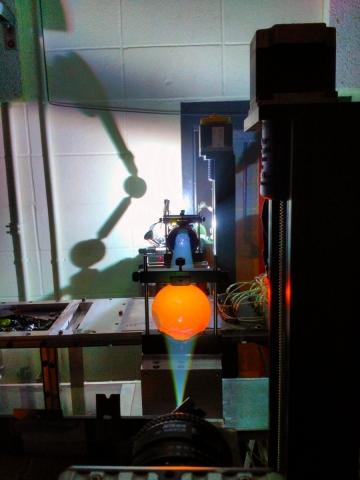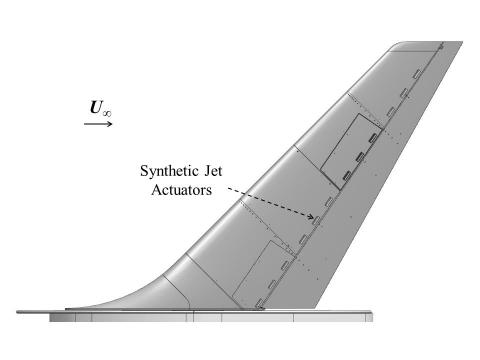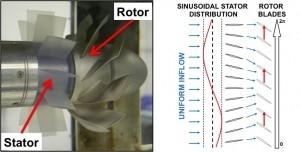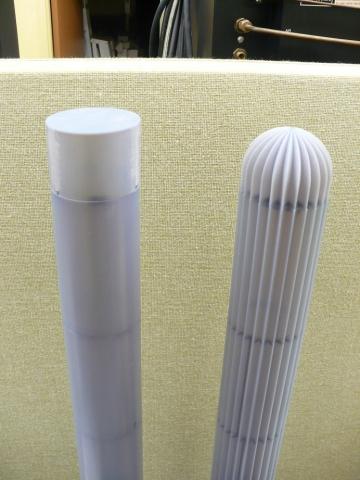Enhanced aerodynamic performance that avoids flow separation on wing surfaces has been traditionally achieved by appropriate aerodynamic design of airfoil sections. However, when the wing design is driven by non-aerodynamic constraints (stealth, payload, etc.) the forces and moments of the resulting unconventional airfoil shape may be much smaller than on a conventional airfoil. Therefore, either active or passive flow control techniques can be used to enhance aerodynamic performance throughout the flight envelop.
Although passive control devices, such as vortex generators, have proven, under some conditions, to be quite effective in delaying flow separation, they offer no proportional control and introduce a drag penalty when the flow does not separate (or when they are not needed).
In contrast, active flow control enables coupling of the control input to flow instabilities that are associated with flow separation and thus may enable substanial control authority at low actuation levels. Furthermore, active actuation is largely innocuous except when activated and has the potential for delivering variable power. In previous studies, active control efforts have employed a variety of techniques including external and internal acoustic excitation, vibrating ribbons or flaps, and steady or unsteady blowing.
Over the past couple of decades, the synthetic jet actuator has emerged as a versatile actuator for active flow control. The formation and evoluation of synthetic jets are described in detail in the work of Smith & Glezer (1998), Glezer & Amitay (2002), Amitay and Cannelle (2006), Van Buren et al. (2014). The effectiveness of fluidic actuators based on synthetic jets is derived from the interaction of these jets with the flow near the flow boundary that can lead to the formation of a quasi-closed recirculating flow region, resulting in a virtual modification of the shape of the surface.
The aerodynamic research at CeFPaC has several objectives: (1) understand the flow physics of the flow field of the system in question, (2) understand the flow mechanisms associated with the interaction between the flow and the actuators, (3) explore, experimentally and numerically, the feasibility of using active flow control for flight control, (4) develop low order models of the flow, and (5) develop a closed-loop control schemes.





